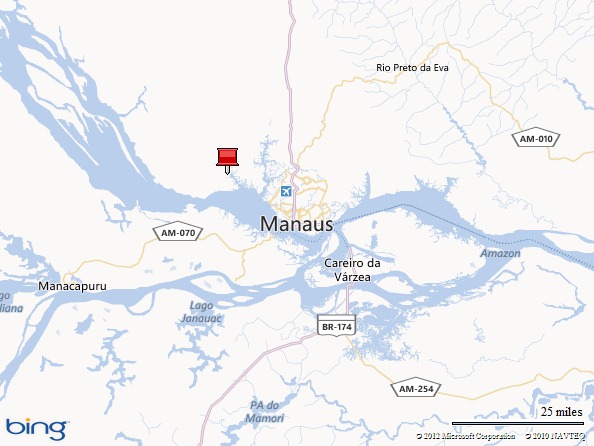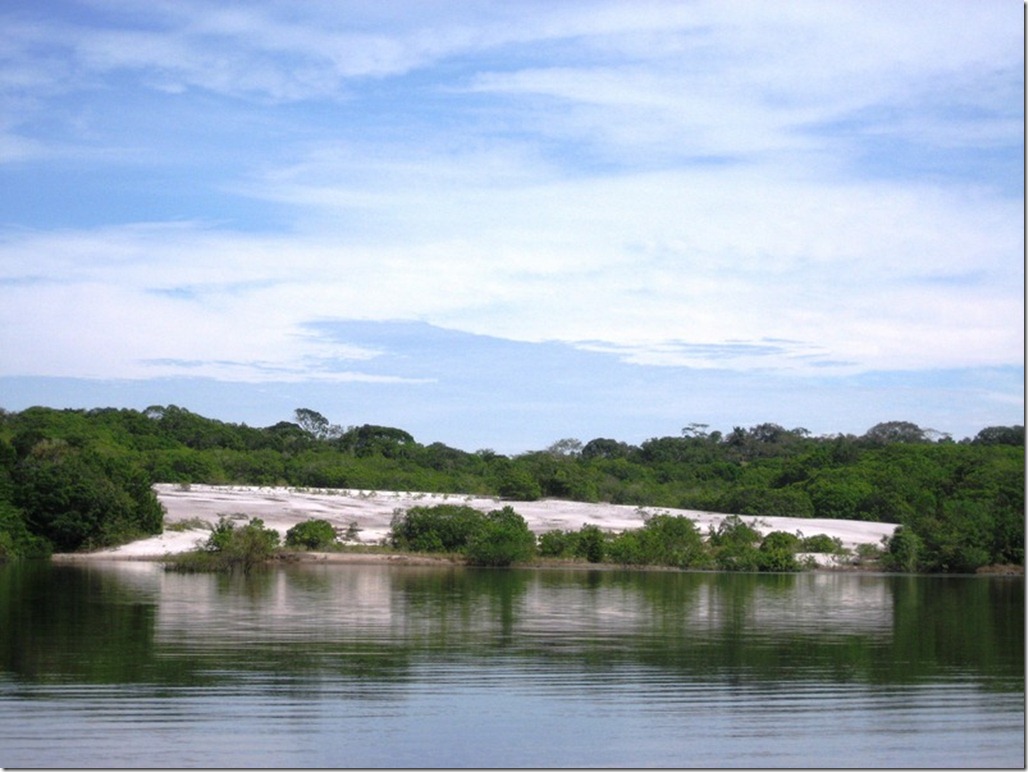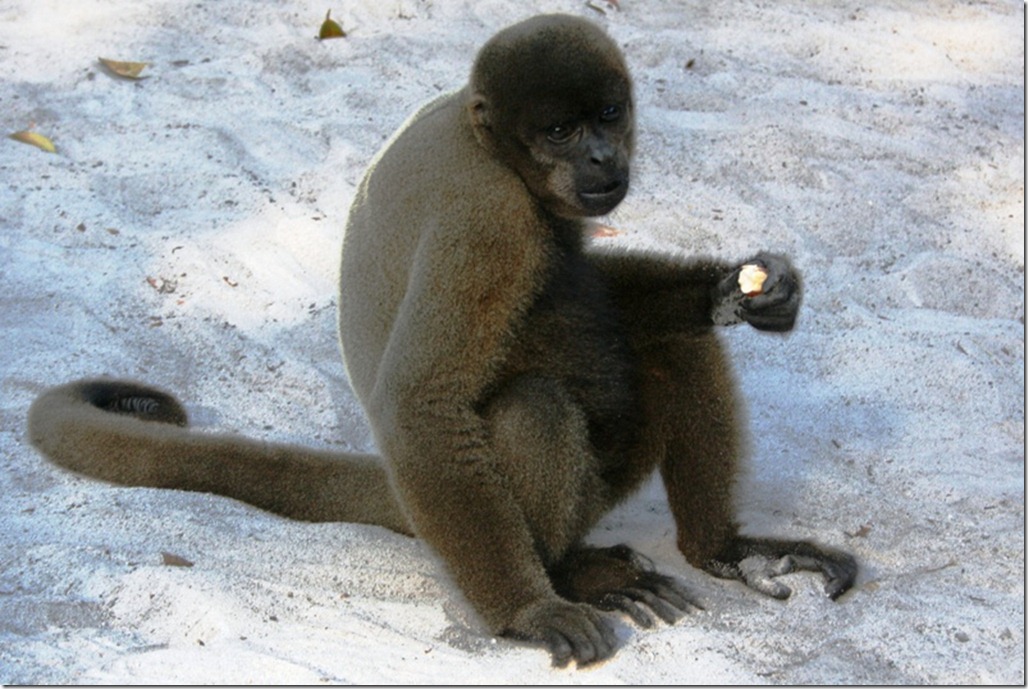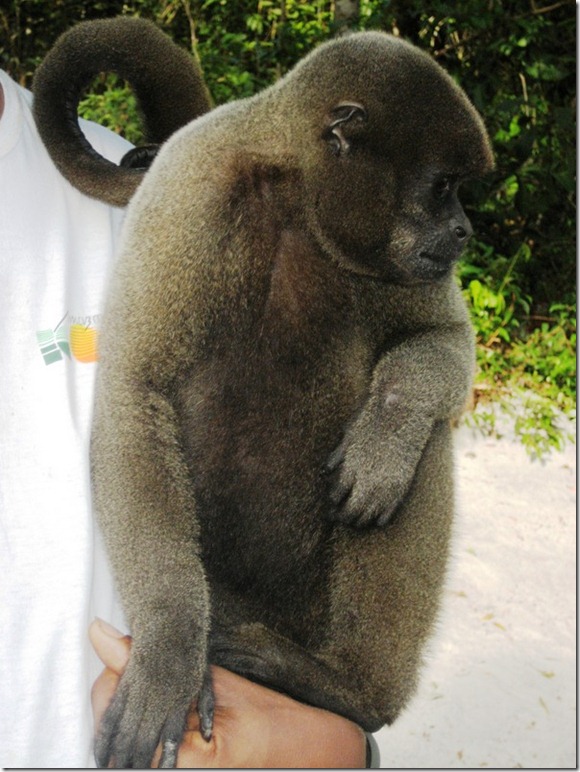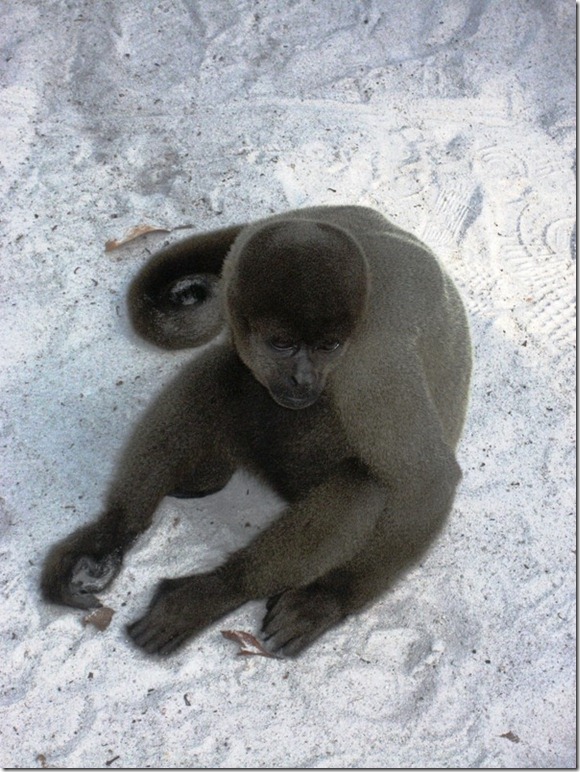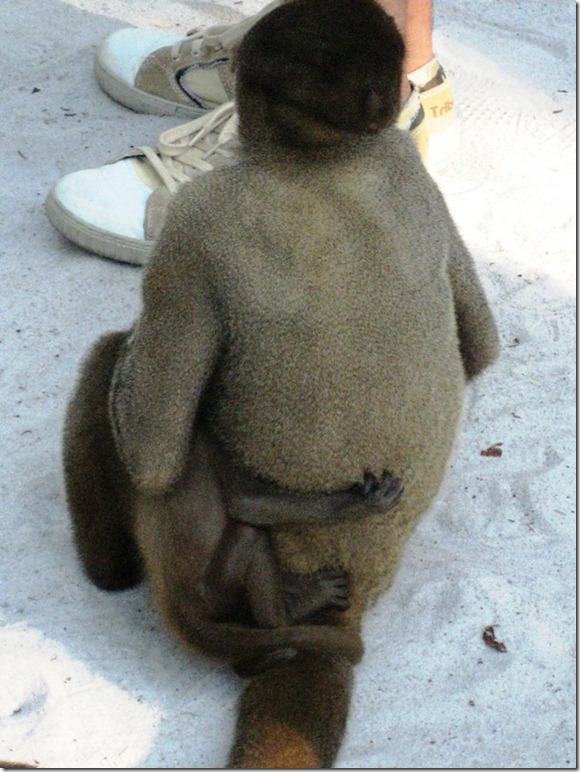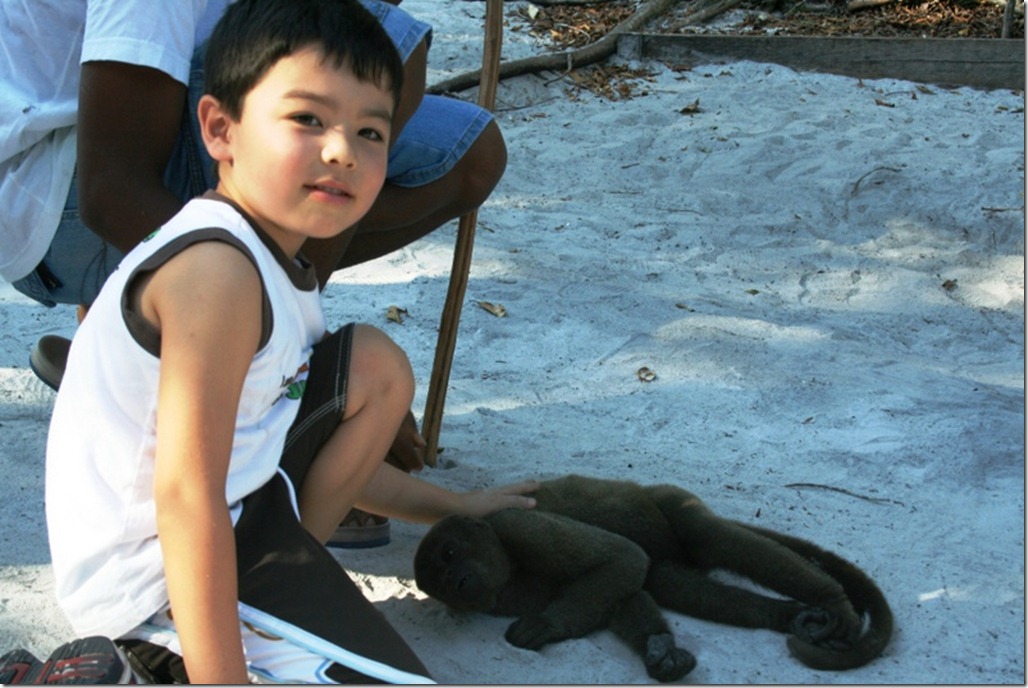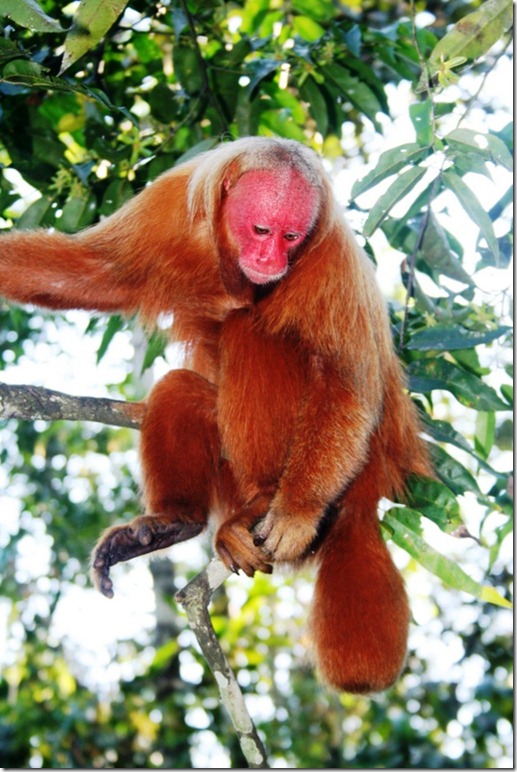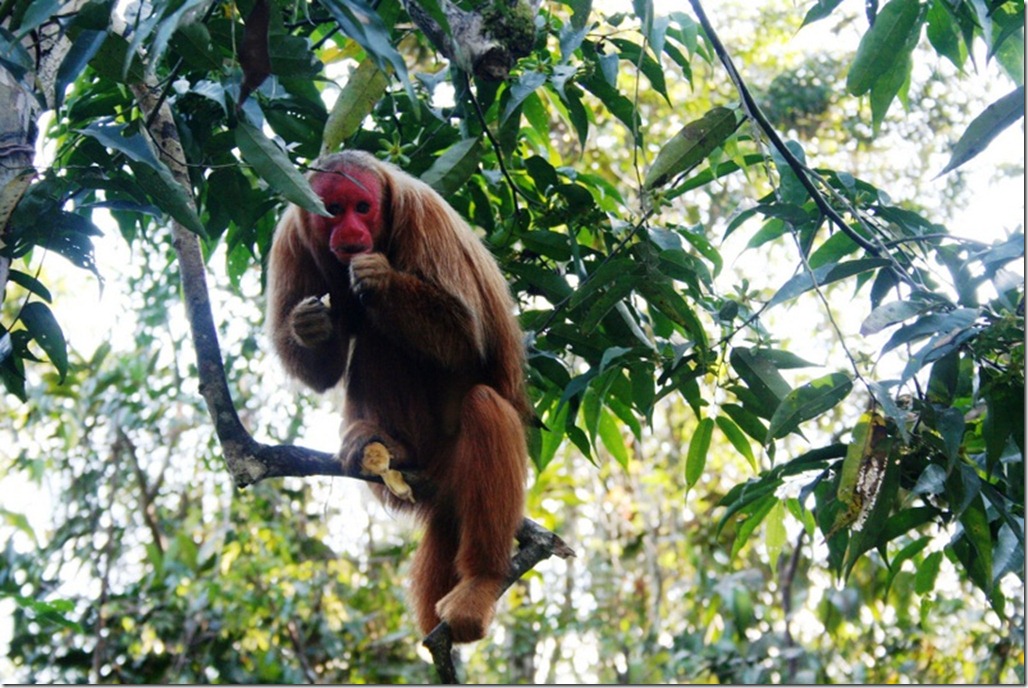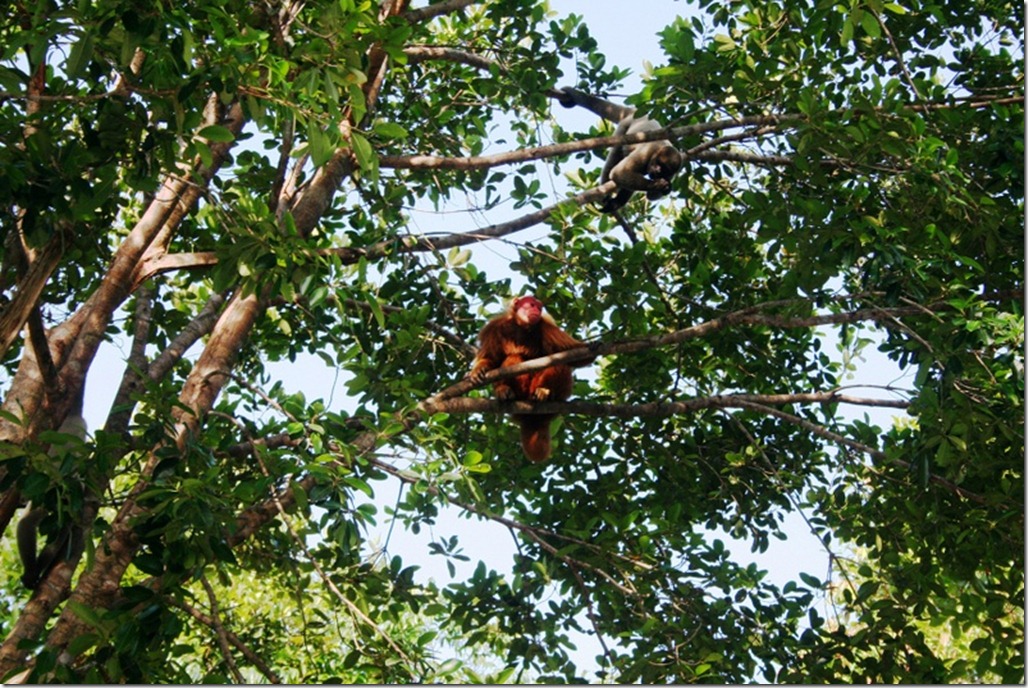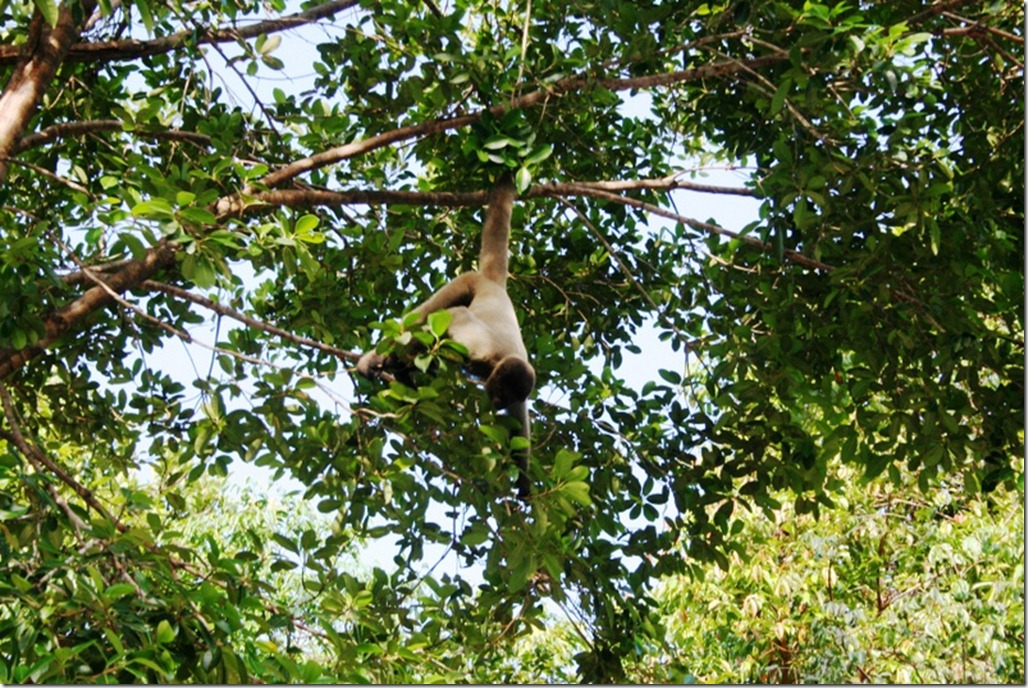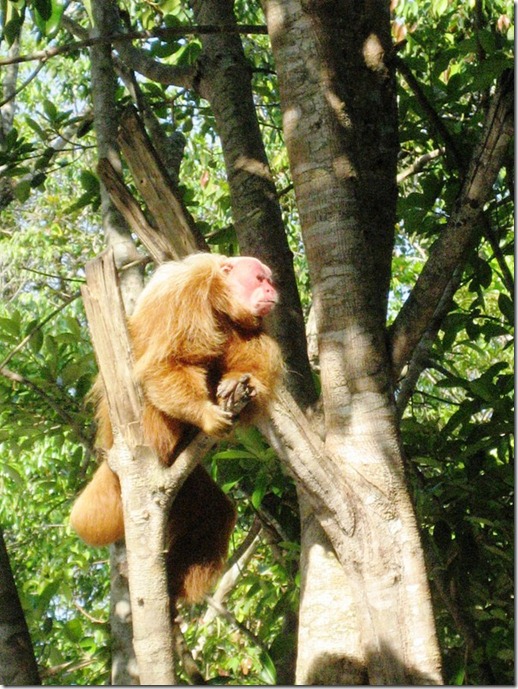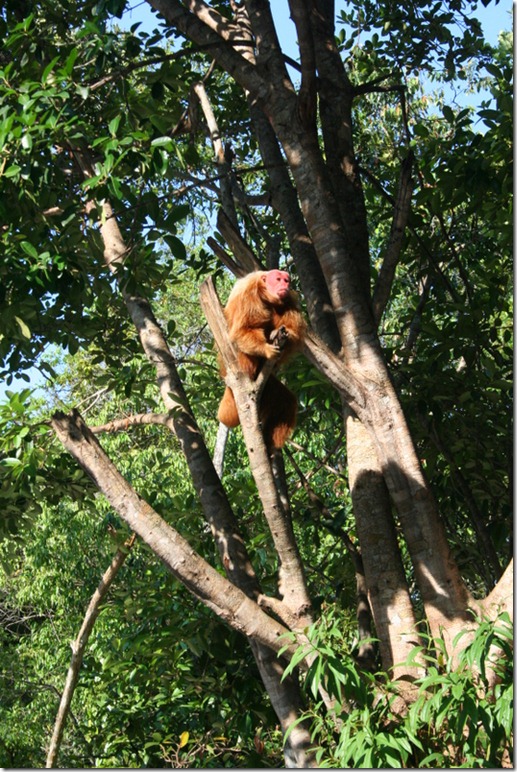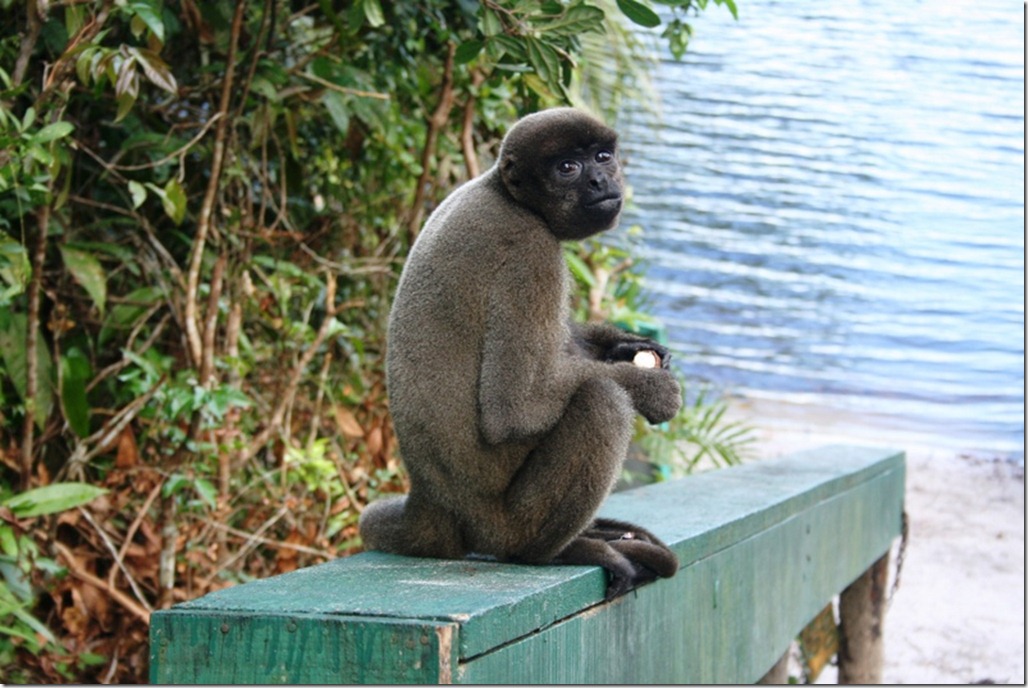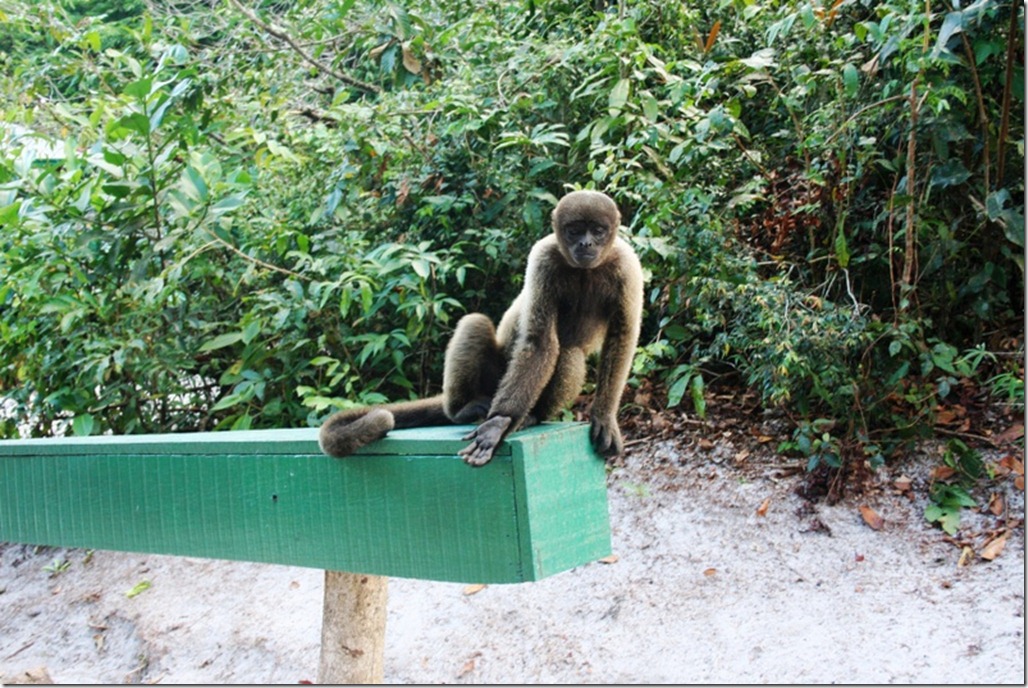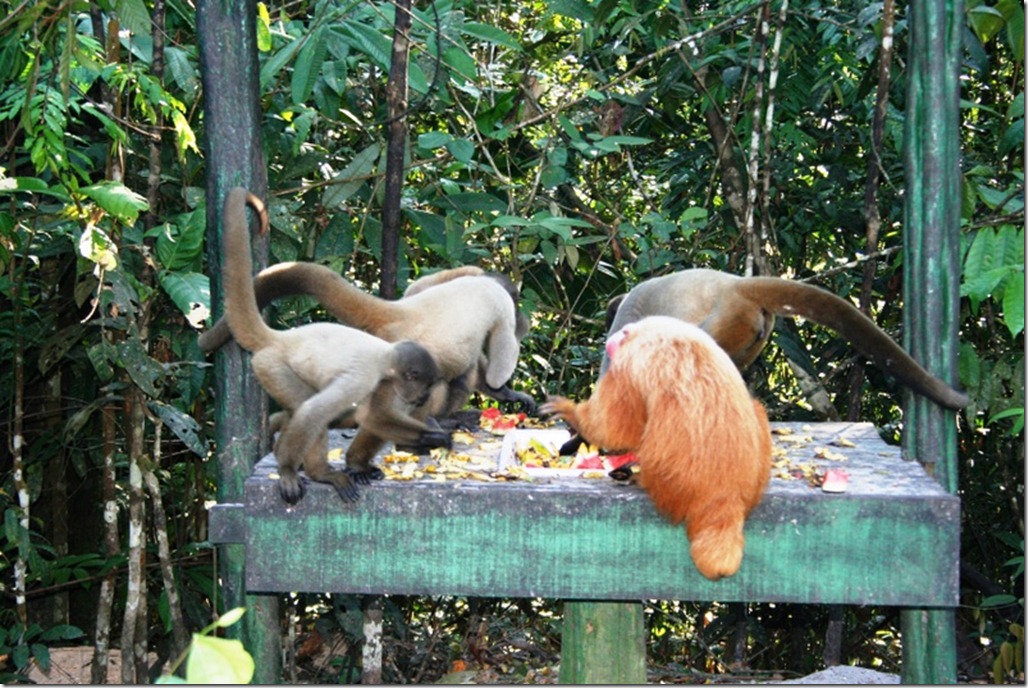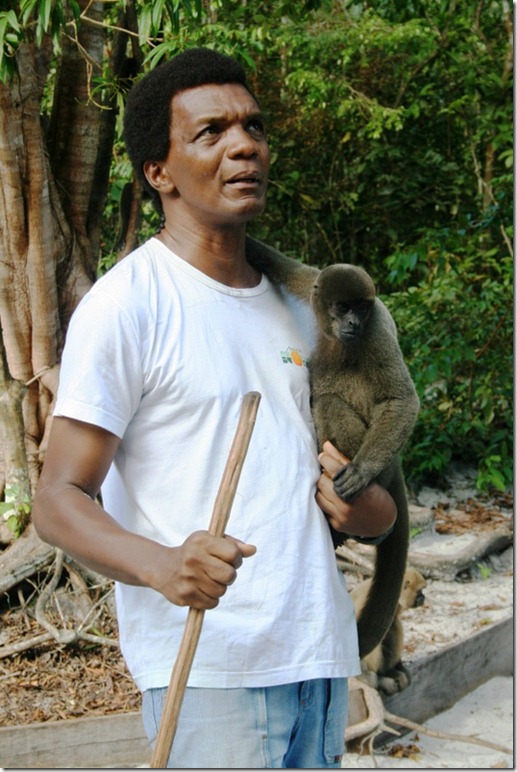Introducing Brilliance Reviews
Dear Reader, let me introduce you to Brilliance Reviews, my new blog dedicated to reviews of the books, novels, and short stories I’ve read. I will publish a new post whenever I finish reading and reviewing a work. You’re welcome to follow Brilliance Reviews as well as World Adventurers; both will run independently.
Why are you starting a new blog? Book reviews didn’t fit the theme of my current blog, World Adventurers, which has evolved into a popular blog featuring travelogues and whimsical musings about life. Both blogs have unique target audiences. World Adventurers will primarily feature my work while Brilliance Reviews will focus on other authors’ works.
What kind of books do you review? I’m an avid reader and enjoy discovering books from many genres. Book written by indie authors are of particular interest to me because I believe that much of the groundbreaking literature is being written by self-published authors. I still read traditionally published books and will review those too, but my preference is toward indie authors’ works.
What kinds of book reviews do you write? I try to write honest reviews with a 1-5 star rating (1 being poor and 5 being excellent), clearly stating whether I recommend the book (or not). I try to offer positive and negative points about each book regardless of their rating. No book is perfect, and most have at least some redeeming qualities that attract certain types of readers even if I don’t like them. The reviews reflect my own opinions, and I recognize that others may enjoy books I don’t.
How did you get started? For the past year, I made it a habit of posting book reviews on Amazon, Goodreads, and other sites. I thought it was time to post them on a single blog that others can follow. The purpose is to support fellow writers, especially indie authors, who need book reviews to get the word out about their books. I’m happy to support my peers whenever I can.
How often will you post reviews? I try to read about three books a month and post reviews. I’ll post as often as I can.
Why did you choose the name Brilliance Reviews? Brilliance Press is the name of my publisher. I chose the name because it evokes positive images of something intelligent or dazzling.
I’m an indie author. Will you review my work? If you’re an indie author and would like to submit an book for review, contact me at me@mgedwards.com and send me your book in Kindle (MOBI) format. I don’t accept print books. I can’t guarantee that I will review your book or give it a high rating. Reviews will be posted to Brilliance Reviews and the book’s page on Amazon and Goodreads. Those who submit their books for me to review must agree to allow the cover art to be published along with the review and accept the rating and review I give. I will try to give honest feedback.
Do you do author interviews? Certainly. I’m happy to feature other authors on this blog. If you want to be interviewed for this blog or cross-post material, contact me at me@mgedwards.com.
I hope you’ll follow Brilliance Reviews and learn more about some of the great books out there waiting to be discovered.
M.G. Edwards is a writer of books and stories in the mystery, thriller and science fiction-fantasy genres. He also writes travel adventures. He is author of Kilimanjaro: One Man’s Quest to Go Over the Hill, a non-fiction account of his attempt to summit Mount Kilimanjaro, Africa’s highest mountain, a collection of short stories called Real Dreams: Thirty Years of Short Stories and Alexander the Salamander, a children’s story set in the Amazon. His books are available to purchase as an e-book and in print from Amazon.com and other booksellers. He lives in Bangkok, Thailand with his wife Jing and son Alex.
For more books or stories by M.G. Edwards, visit his web site at www.mgedwards.com or his blog, World Adventurers. Contact him at me@mgedwards.com, on Facebook, on Google+, or @m_g_edwards on Twitter.
© 2013 Brilliance Press. All rights reserved. No part of this work may be reproduced or transmitted without the written consent of the author.


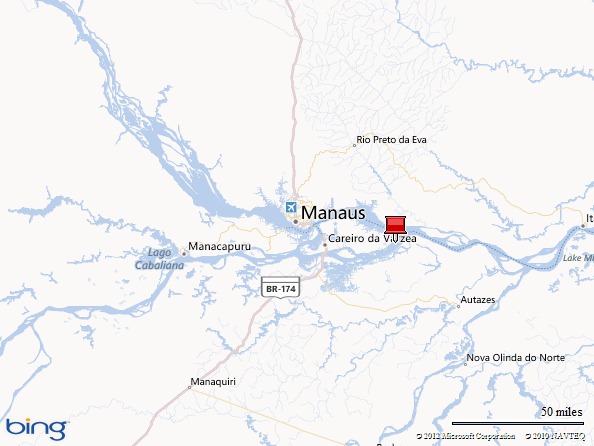
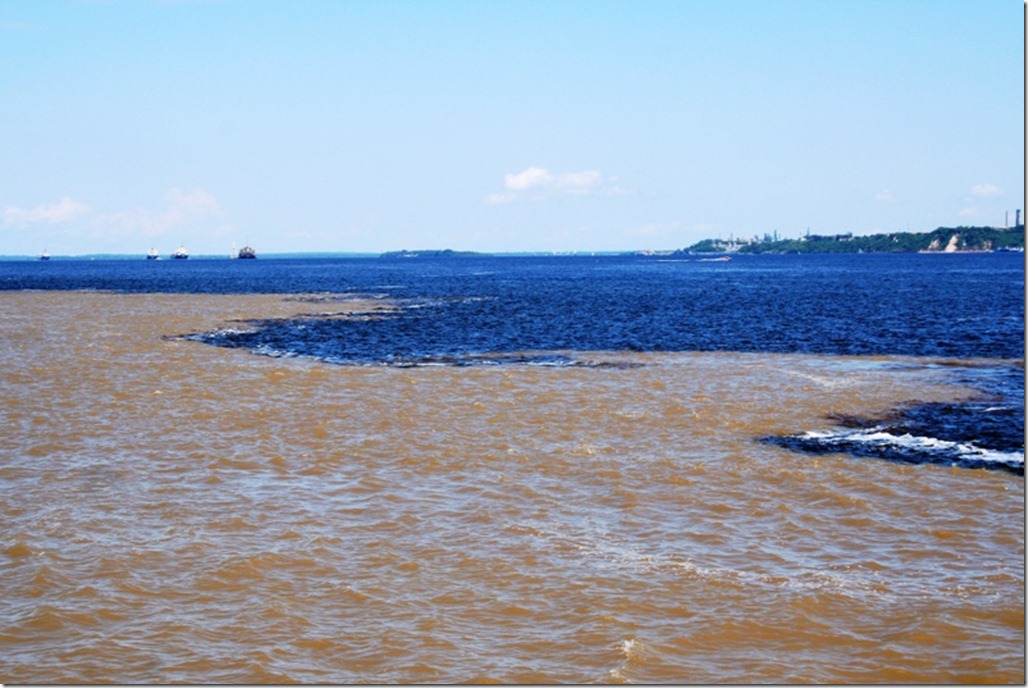
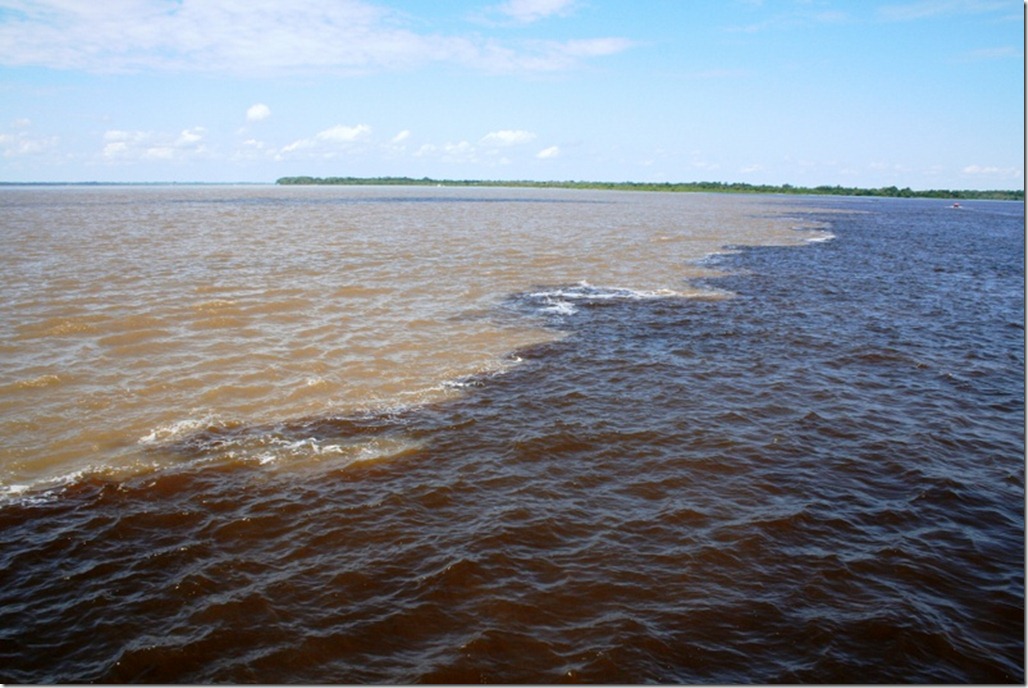
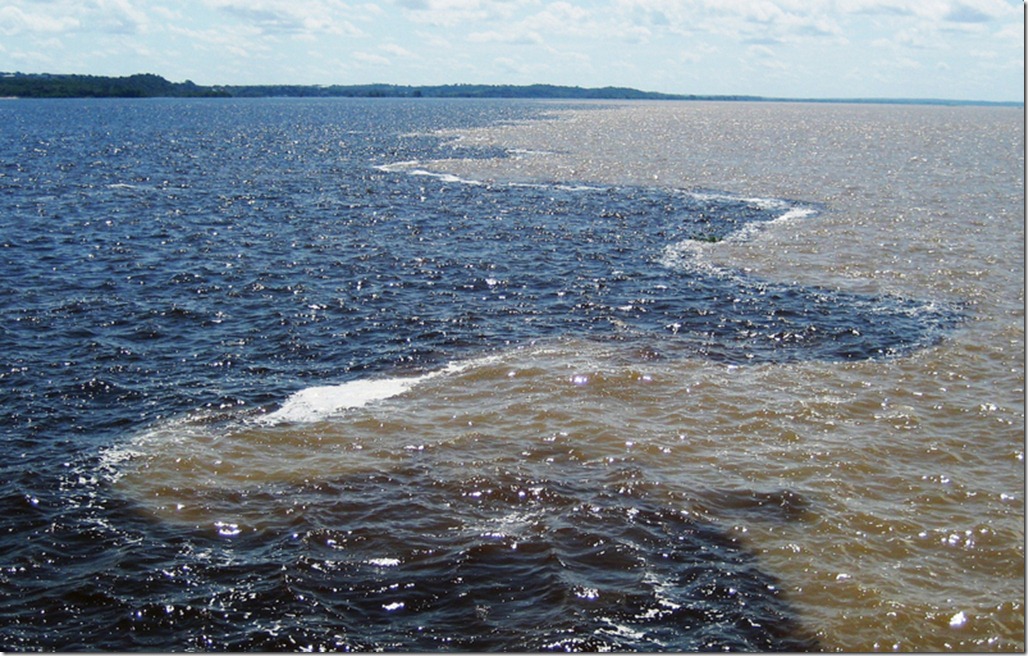
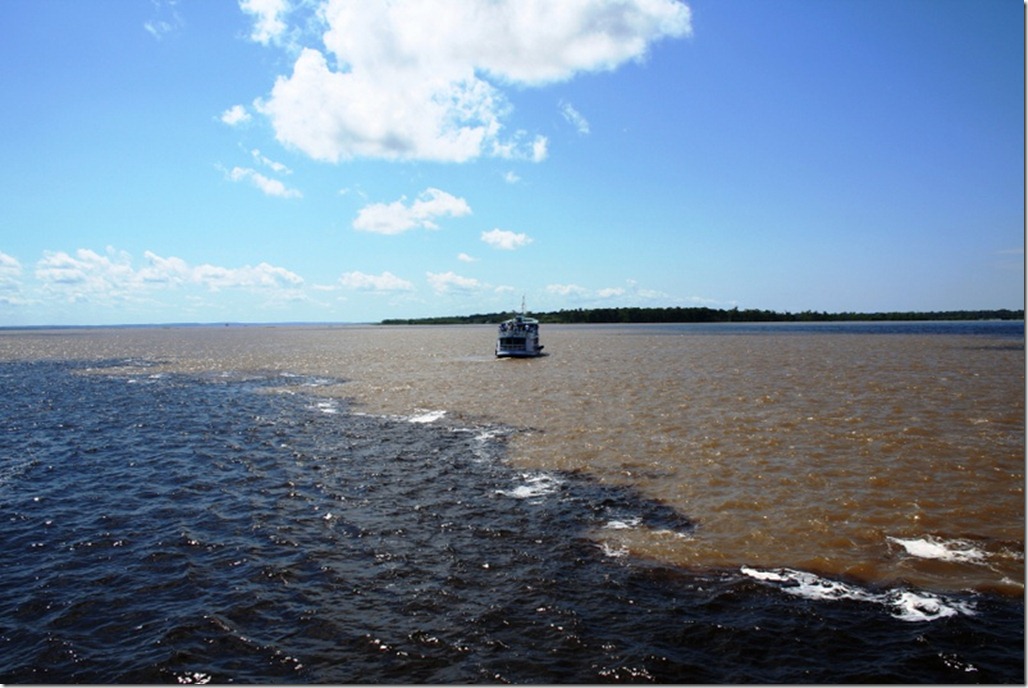
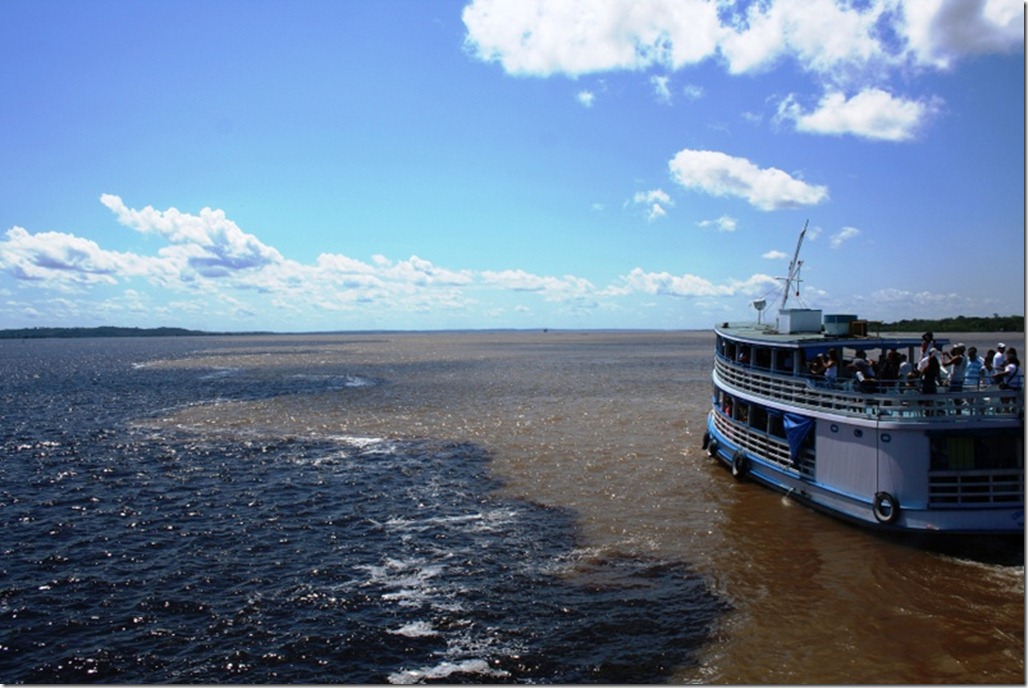
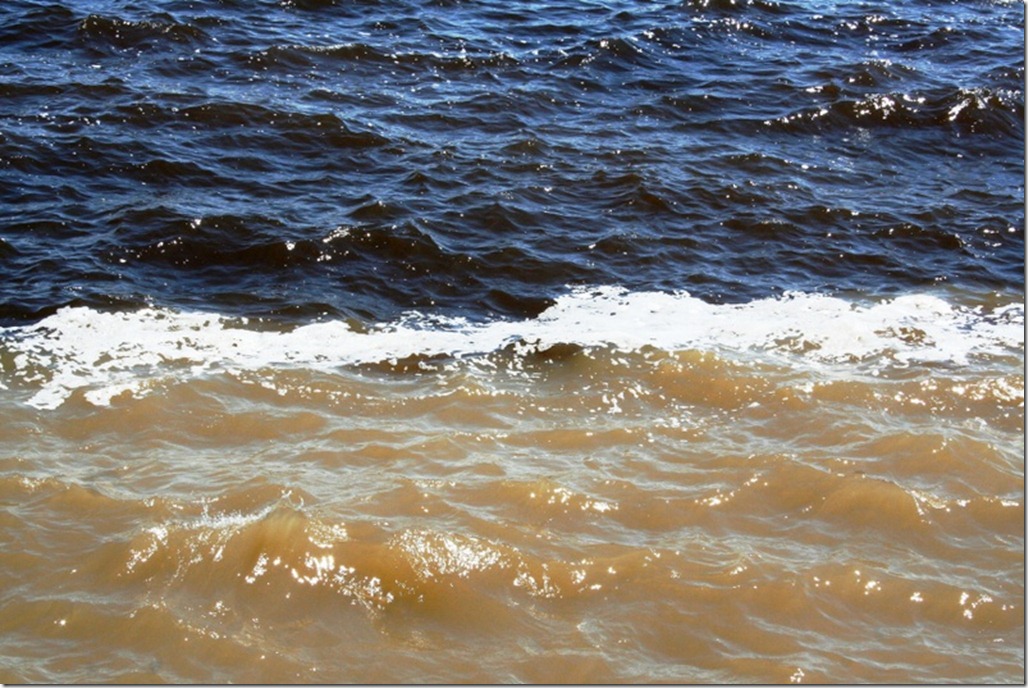
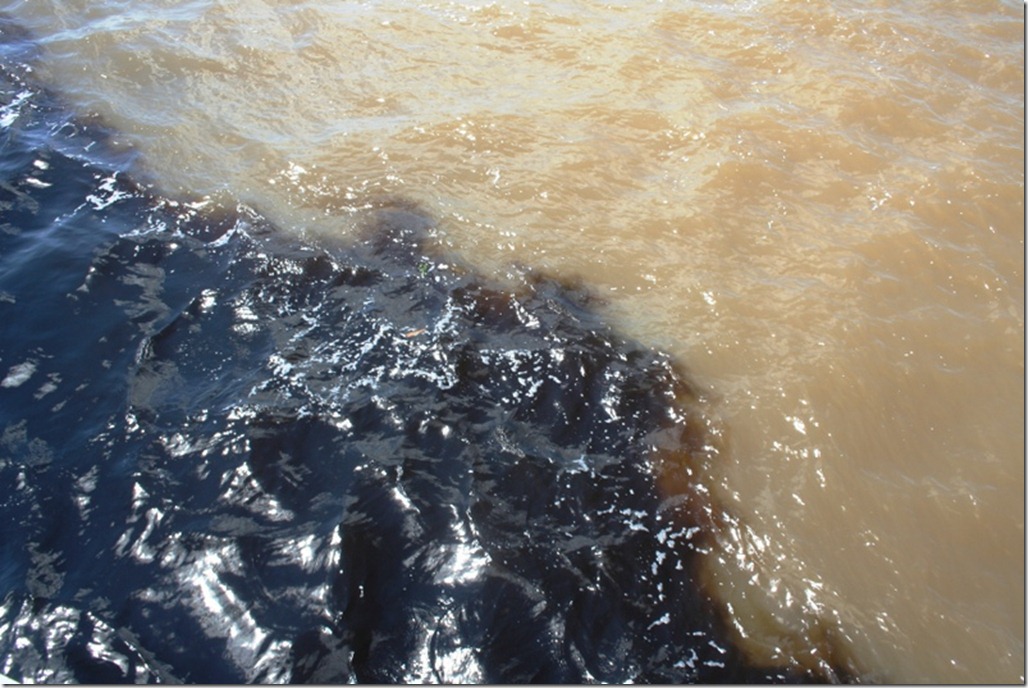
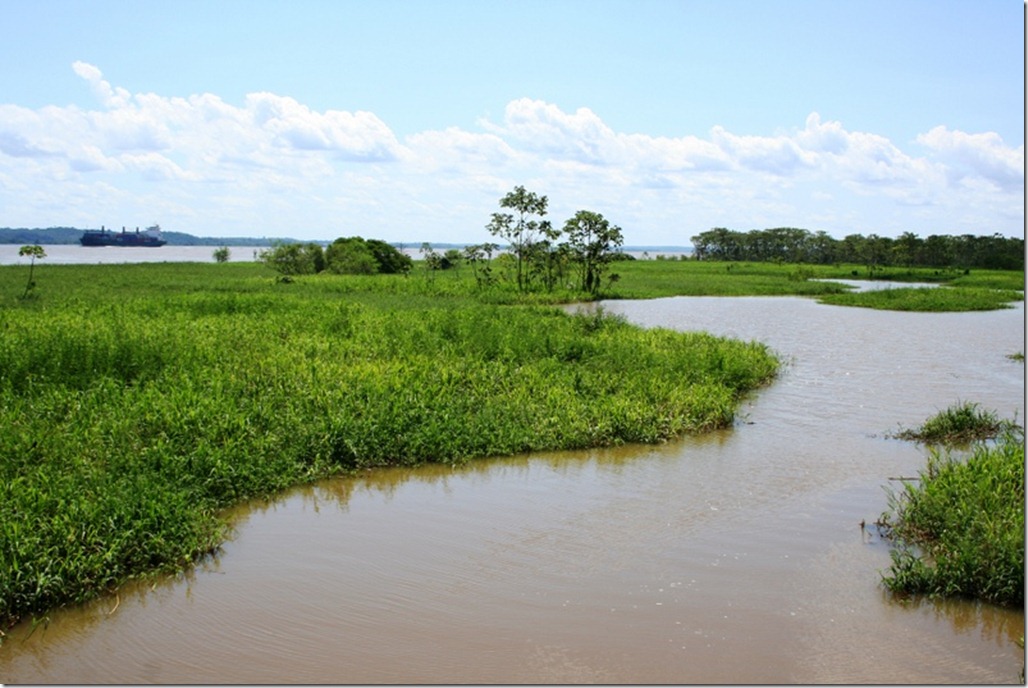
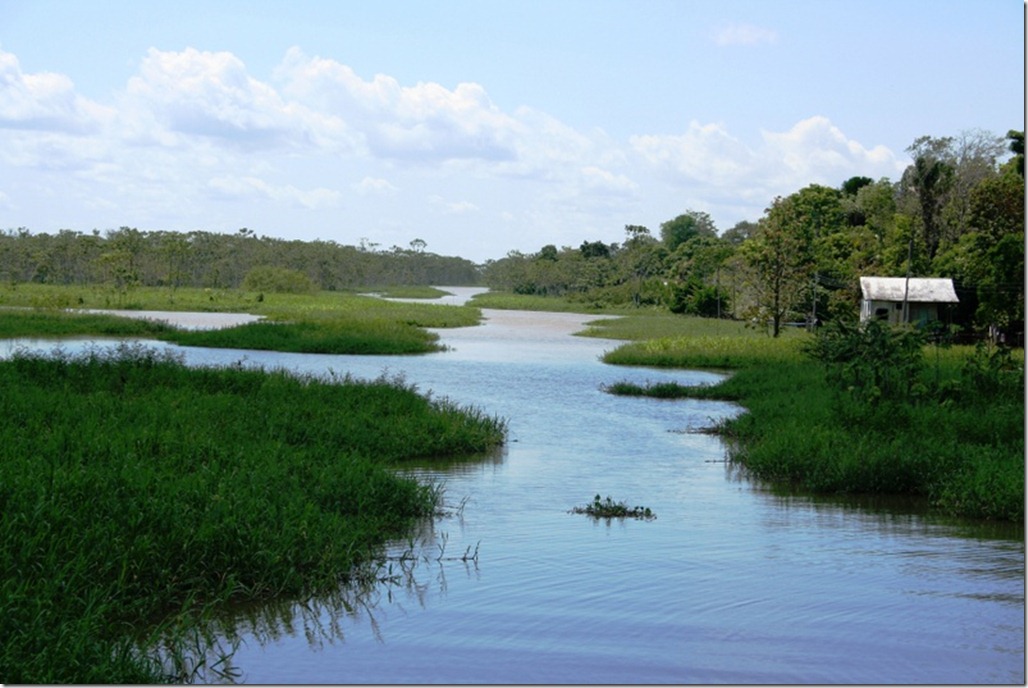

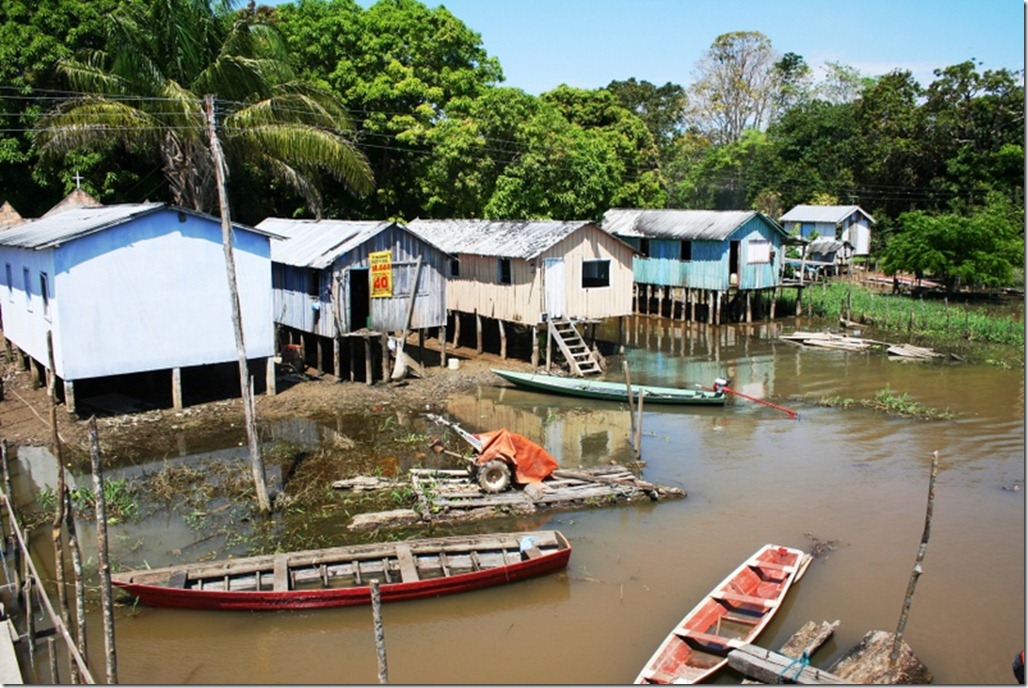
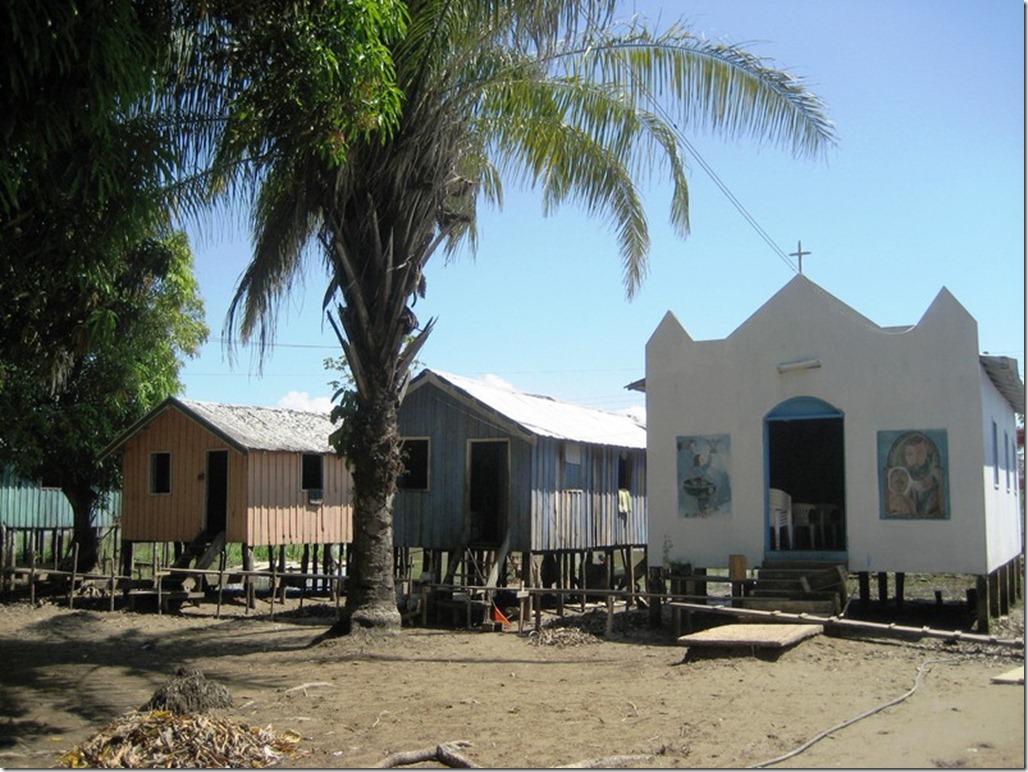
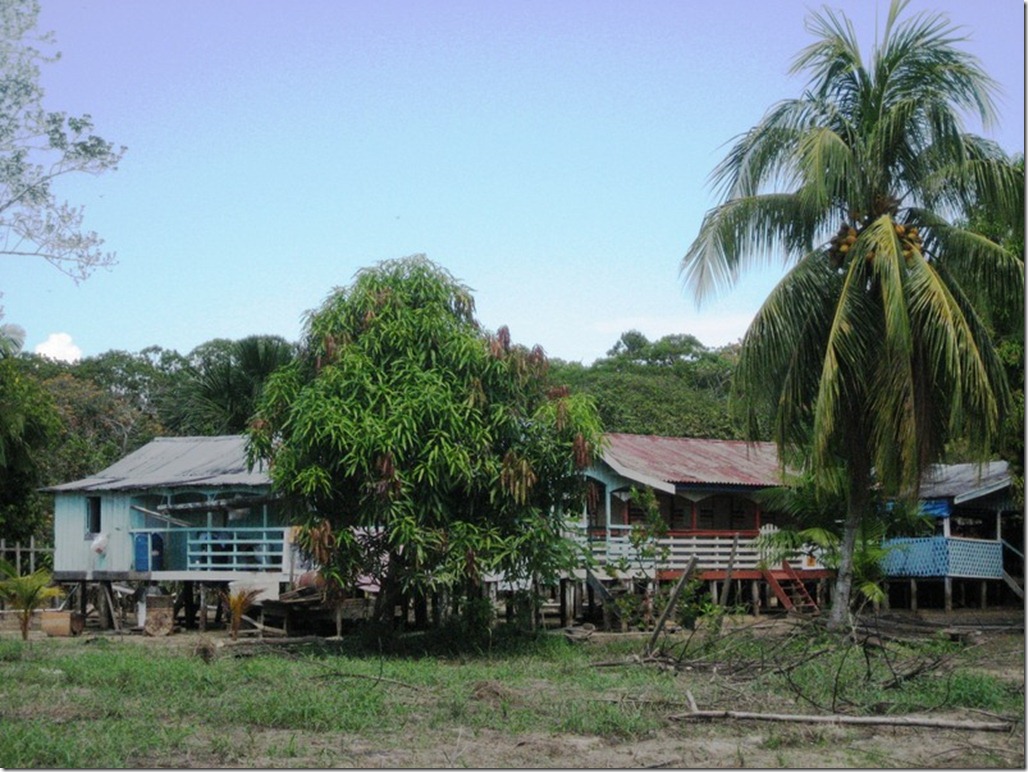
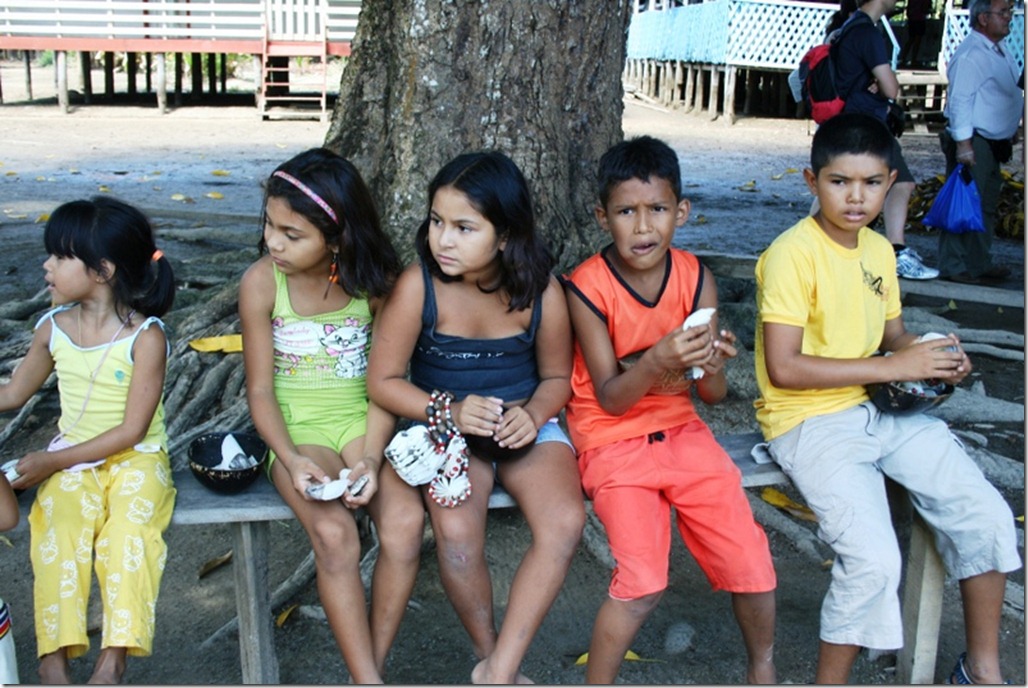
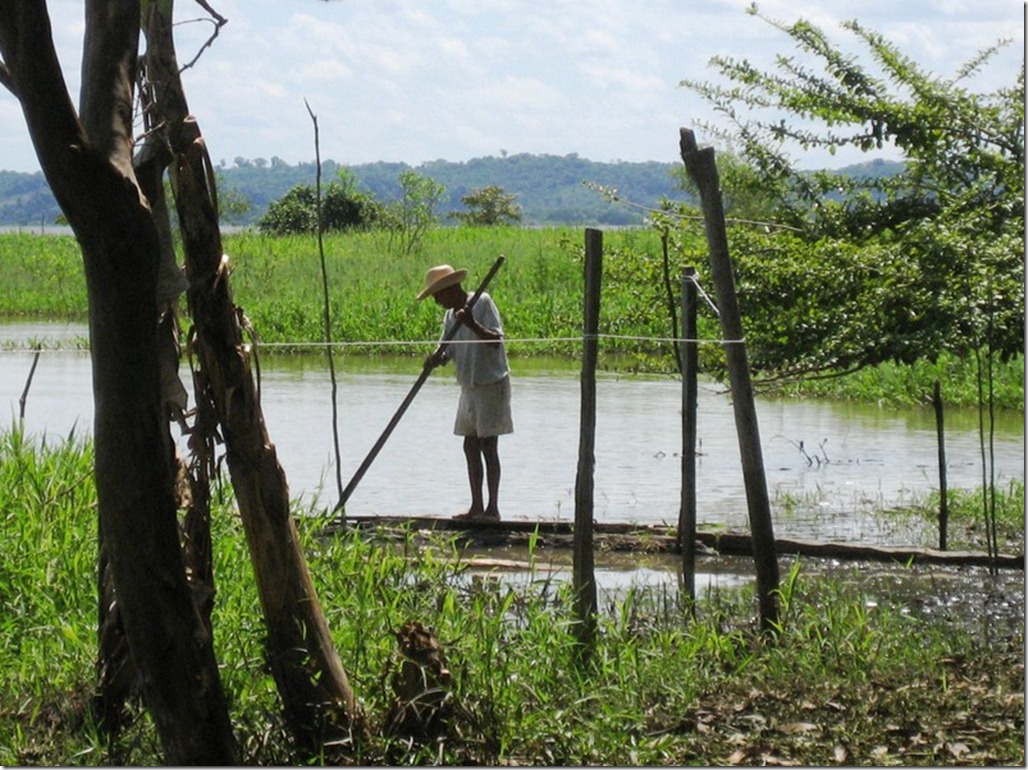
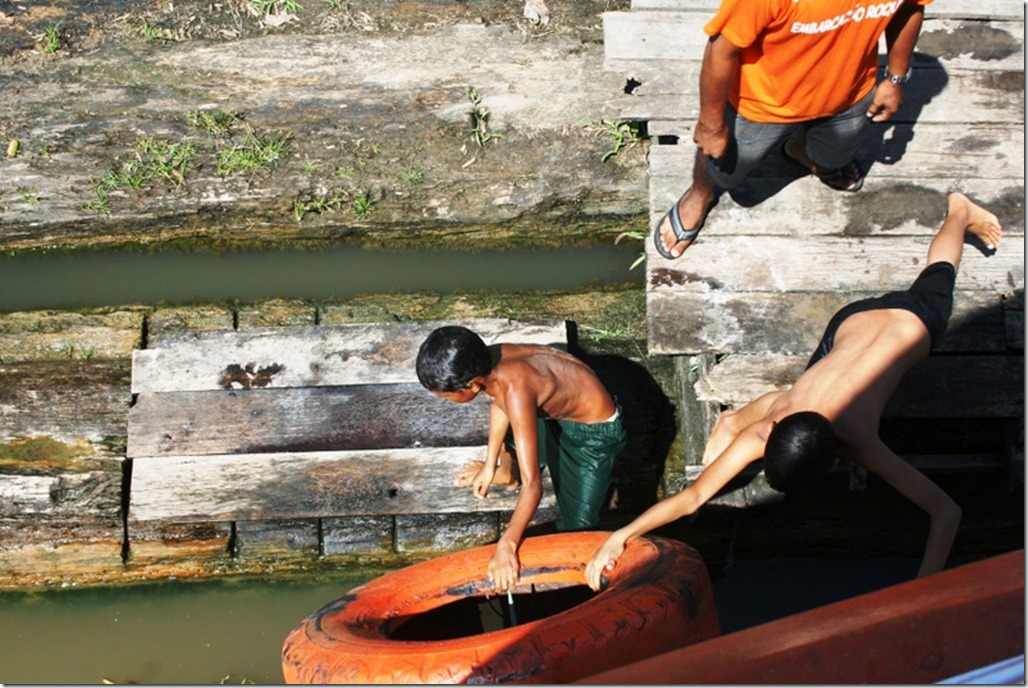
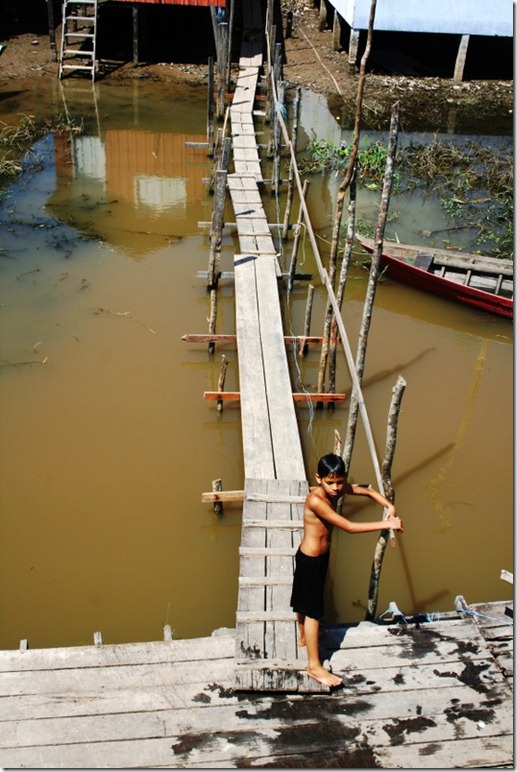
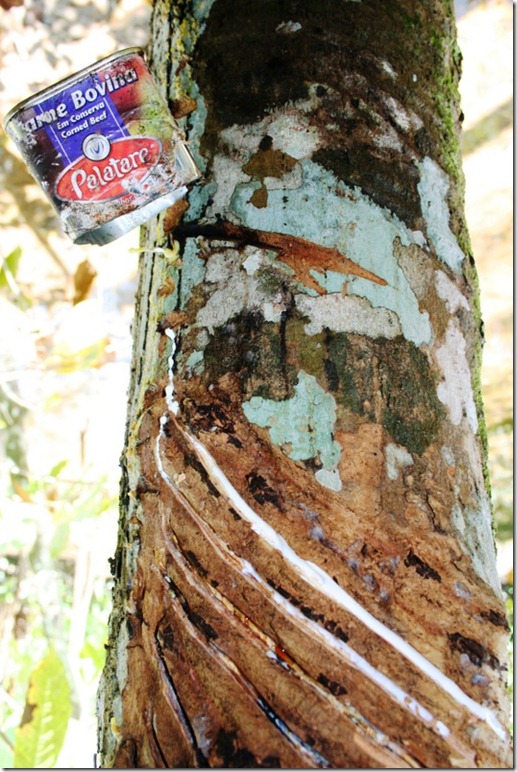
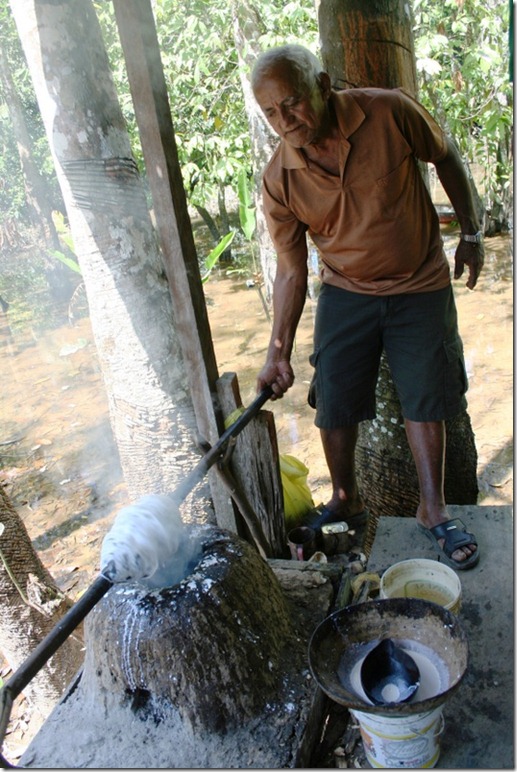
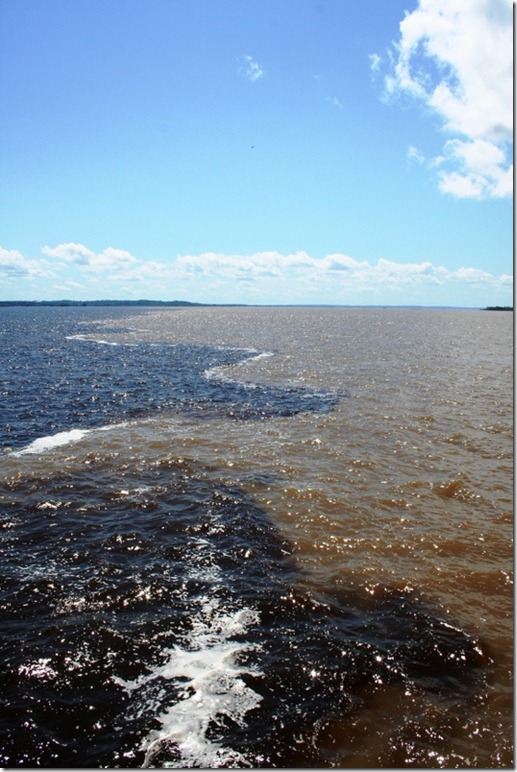
 About Alexander the Salamander
About Alexander the Salamander
